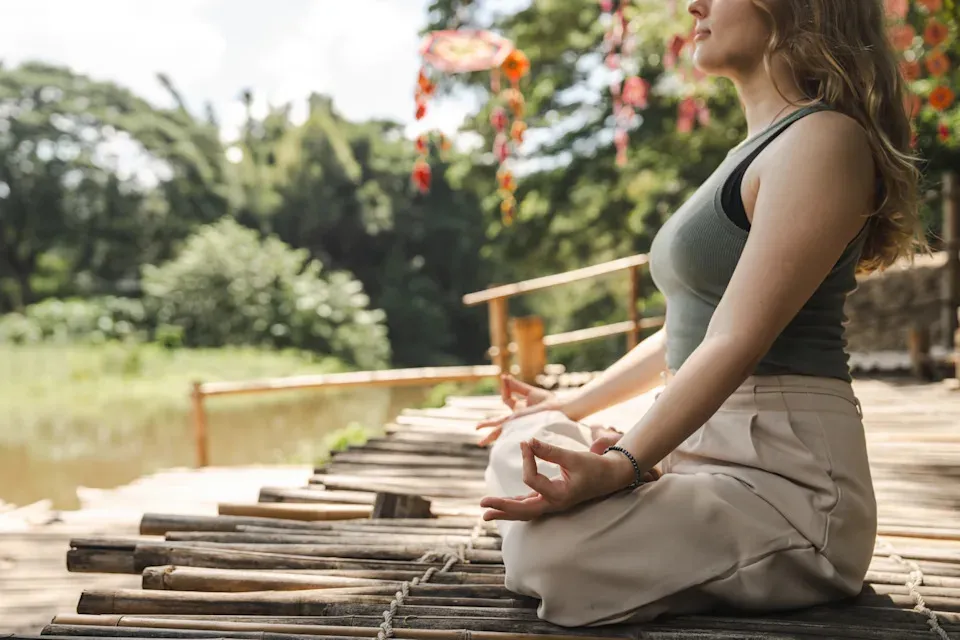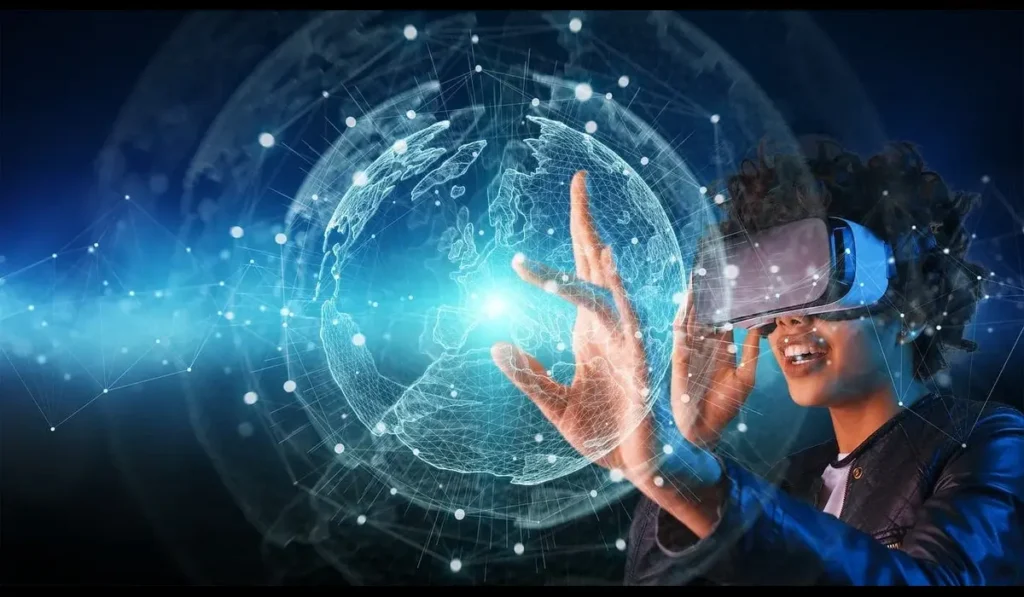In a world dominated by screens, likes, pings, and notifications, a new kind of luxury is emerging in 2025: the luxury of being unreachable. As burnout, overstimulation, and tech addiction rise, digital detox retreats have gone viral—ironically, by offering the very thing social media can’t: stillness, disconnection, and peace.
Across the U.S. and around the globe, resorts, lodges, and wellness sanctuaries are booming with a single promise—no Wi-Fi, no phones, no screens. Instead, guests are offered curated experiences that help them reset mentally, physically, and emotionally. These retreats are no longer a niche offering—they’ve become a full-blown travel movement.
🧠 The Burnout Era Meets Travel Reimagined
2025 has ushered in what mental health experts call a “collective cognitive fatigue.” With AI automating workflows, social media accelerating content consumption, and hybrid work keeping employees tethered to devices, many people are craving a clean break from the digital world.
Travel, once about sightseeing and selfies, is being reimagined as a healing experience—where solitude and nature are the main attractions. Digital detox retreats now cater to:
- Tech professionals recovering from burnout
- Influencers and content creators seeking quiet anonymity
- Families looking to reconnect without distractions
- Gen Z and Millennials rethinking their relationship with tech
🌎 Where It’s Happening
Screen-free retreats are popping up in both remote and accessible locations, each offering a different approach to detoxing from technology.
Popular destinations include:
- Colorado & Montana cabins with no cellular reception
- Costa Rican jungle lodges offering guided nature therapy
- Japanese forest resorts practicing Shinrin-yoku (forest bathing)
- Icelandic geothermal sanctuaries with digital silence policies
- Meditation centers in New Mexico and Utah with full unplugged experiences
A lot of these retreats are purposefully difficult to get to; guests must make a physical journey that reflects the one they are about to take on the inside.
📵 What Happens at a Digital Detox Retreat?
The core rule: no phones, laptops, smartwatches, or screens. Devices are surrendered at check-in and locked away for the duration of the stay. In their place, guests are guided through a structured but optional schedule of healing activities.
Common offerings include:
- Morning yoga and breathwork
- Guided nature hikes and foraging walks
- Creative workshops (journaling, painting, pottery)
- Silent meals and mindful eating
- Fireside discussions or storytelling circles
- Sleep coaching and circadian rhythm resets
What surprises most first-timers is not how hard it is to live without a phone, but how deeply relieving it is to be freed from the constant buzz.

💡 Why It’s Working in 2025
What’s different about this moment in the evolution of travel and wellness is the convergence of stress, digital overload, and shifting values. In 2025:
- Social media use has peaked, and younger generations are leading the charge in digital minimalism.
- Health insurers are experimenting with subsidizing digital detox programs due to their mental health benefits.
- Companies are offering “unplugged PTO“, encouraging employees to take true time off.
- Luxury travel now equals emotional restoration, not just scenic locations.
The rise of AI tools and hyper-productivity software has paradoxically reignited interest in ancient, analog, and tactile experiences.
🧘 Who Is Going—and Why?
Though the retreats draw people from all walks of life, three dominant participant profiles are emerging in 2025:
1. Burnt-Out Professionals
Tech workers, startup founders, and remote employees seeking clarity, inspiration, and recovery from workaholic habits.
2. Wellness Seekers
People on healing journeys—recovering from anxiety, depression, or digital fatigue—looking for holistic, non-pharmaceutical solutions.
3. Conscious Travelers
Individuals who want their travel to be purposeful, ethical, and transformative, not performative or driven by FOMO.
The retreats often lead to lasting changes—guests report reduced screen time, improved focus, and more conscious media consumption long after returning home.
🧳 What Makes a Retreat Successful?
The most popular retreats in 2025 balance structure with simplicity, creating a safe, welcoming space to unplug. What they all share:
- No judgment—participants aren’t shamed for their digital habits
- Supportive community—group activities encourage bonding without tech
- Natural beauty—the setting plays a key role in healing
- Skilled facilitators—trained in mindfulness, psychology, and trauma awareness
Most retreats run 3 to 7 days, with many guests choosing to return annually or seasonally.
🔁 From Trend to Lifestyle
Digital detoxing is no longer just a wellness weekend—it’s becoming a long-term lifestyle shift. Apps are even emerging to help people stay offline by tracking phone-free days, creating accountability groups, and finding “quiet spaces” in cities.
People are planning their entire travel calendars around screen-free trips—honeymoons, sabbaticals, even family vacations. As one retreat guest put it, “I don’t go on vacation to escape my job anymore. I go to escape the internet.”
🌱 The Bigger Impact
These retreats are helping spark a broader cultural conversation about attention, presence, and digital boundaries. Schools, corporations, and even government programs are beginning to:
- Introduce device-free time zones
- Teach screen awareness in schools
- Promote “Tech-Free Tuesdays” in workplaces
- Sponsor nature therapy as part of mental health initiatives
In 2025, the idea of “logging off” is being reframed from punishment to privilege—from avoidance to active self-preservation.
FAQs: Digital Detox Retreats in 2025
1. What exactly is a digital detox retreat?
It’s a travel experience or wellness program that requires participants to unplug from screens (phones, laptops, tablets) to reconnect with nature, self, and others in a tech-free environment.
2. Do I have to give up my phone completely?
Yes. Most retreats require you to check in your devices at the beginning. Emergency contacts are shared with the staff in case of urgent needs.
3. Are these retreats safe and medically supervised?
Yes. While they are not medical facilities, most have licensed staff, first-aid preparedness, and health-conscious infrastructure. Some even partner with mental health professionals.
4. What if I rely on my phone for work or family?
You’ll typically be encouraged to notify employers and loved ones ahead of time. The retreat staff can handle emergencies and relay urgent messages if needed.




